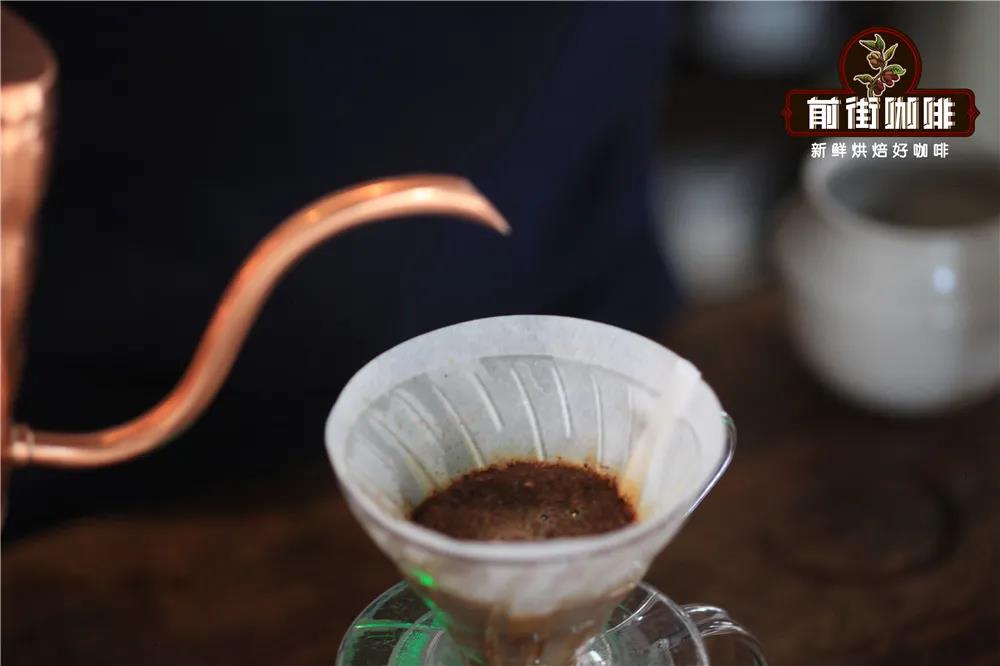A lesson on the annual output of coffee trees how much coffee beans are planted in the environment and flavor description of the manor
A lesson on the annual output of coffee trees how much coffee beans are planted in the environment and flavor description of the manor
Most of the coffee harvesting in the world is selected by hand, so it is a labor-intensive and seasonally intensive process. Since there are both flowers and fruits on the same branch, the index finger and thumb of the collector are the best tools for collecting ripe berries. Scraping the fruit off a whole branch by hand or using an automated harvester can't tell ripe berries from green berries.
Coffee farmers who produce low-grade coffee beans like to use labor-saving methods to harvest beans, but in this way, because the quality is not pure, it impairs the flavor of coffee and lowers the grade of coffee. The way to pick coffee beans in some parts of Africa is to shake coffee trees, shake the fruit off the ground, and pick it up from the ground before the fruit is injured and rotten. Secondary coffee is produced in most parts of Brazil, and the way to pick coffee in these areas is to pick all the leaves, flowers, overheated and astringent fruits from the branches at once, and it will take two years for such a damaged coffee tree to return to normal.
Coffee fruits should be harvested immediately, and it is not easy to harvest coffee fruits at different ripening stages on the same tree. Generally speaking, it takes as long as 4-5 months to receive a full harvest from the initial harvest. If ripe and immature fruits are harvested at the same time, the quality of coffee will be reduced. Therefore, high-quality coffee is picked one by one by hand to maintain the perfect taste of the coffee.
Within a year, a typical Arabica coffee tree picks less than 5 kilograms of fruit and can be made into about 1 kilogram of coffee beans.
The planting conditions of coffee trees, however, not all the land located in this area can produce good coffee trees. The ideal planting conditions of coffee trees are as follows: the temperature is between 15 ℃ and 25 ℃, and the annual rainfall must reach 1500 mm to 2000 mm. At the same time, the rainfall time should be in line with the flowering cycle of coffee trees. Of course, in addition to the coordination of seasons and rainfall, there should be fertile soil. The most suitable soil for growing coffee is a well-drained, fertile soil containing volcanic ash. In addition, although sunlight is an indispensable element for the growth and fruiting of coffee, too strong sunlight will dig out the growth of coffee trees, so various producing areas will usually cooperate with the planting of some sunshade trees. generally plant higher trunk plants such as bananas, mangoes and legumes. The ideal altitude is 500m ~ 2000 m above sea level. Therefore, the quality of Jamaican Blue Mountain coffee growing at an altitude of 800m ~ 1200 m is the best. It can be seen that the conditions for cultivating high-quality coffee are very strict: sunlight, rainfall, soil, air temperature, as well as the way coffee beans are harvested and the process of making coffee beans will affect the quality of coffee itself.

Important Notice :
前街咖啡 FrontStreet Coffee has moved to new addredd:
FrontStreet Coffee Address: 315,Donghua East Road,GuangZhou
Tel:020 38364473
- Prev

What's the difference between a coffee grinder and a flat knife-which is better than a hand coffee grinder
Coffee grinder ghost teeth and flat knife what's the difference-hand coffee grinder which is good as for the cone knife, this is also a ten thousand jin of oil. Except for the top MAZZER ROBUR, most other products are compatible with Italian and individual products. However, there is a serious differentiation between the two levels in the world of conical knives, either tens of thousands of top Italian bean grinders or low-end entry-level products! Household entry-level products to
- Next

How long is the shelf life of roasted coffee beans past the taste period? how can coffee beans taste good?
How long is the shelf life of roasted coffee beans-Starbucks coffee beans 1. The air in the refrigerator is cold and dry, so it is easy to evaporate the water inside the coffee beans and lose the fragrance. two。 There are too many odors in the refrigerator. 3. Due to the low temperature in the refrigerator, when the coffee beans are taken out of the refrigerator, they encounter relatively hot air and will condense into water vapor to cover the surface of the coffee beans.
Related
- What brand of black coffee is the most authentic and delicious? what are the characteristics of the flavor of the authentic Rose Summer Black Coffee?
- Introduction to the principle and characteristics of the correct use of mocha pot A detailed course of mocha pot brewing coffee is described in five steps.
- Which is better, decaf or regular coffee? how is decaf made?
- How much is a bag of four cat coffee?
- How about four Cat Coffee or Nestle Coffee? why is it a cheap scam?
- Which is better, Yunnan four Cats Coffee or Nestle Coffee? How about cat coffee? is it a fake scam? why is it so cheap?
- How about Cat Coffee? what grade is a hoax? which instant coffee tastes better, four Cat Coffee, Nestle Coffee or G7 coffee?
- Process flow chart of coffee making-Starbucks coffee making process what coffee tastes good at Starbucks
- The top ten best coffee beans in the world Rose summer coffee or Tanzanian coffee tastes good
- Yunnan four cat coffee is good to drink?_four cat coffee is a big brand? four cat blue mountain coffee is fake?

